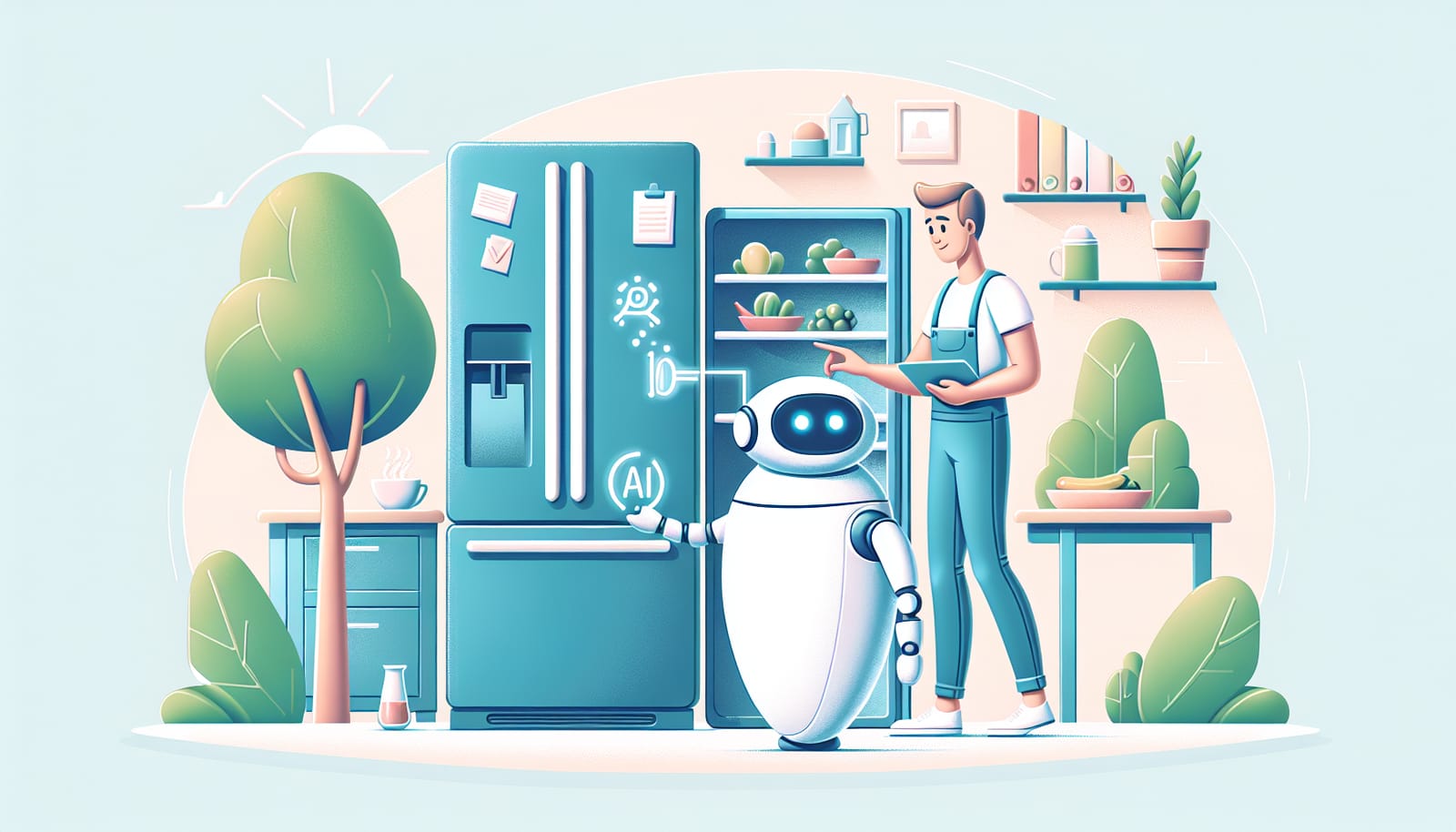Artificial Intelligence (AI) has revolutionized the way we interact with technology, especially when it comes to generating text. From chatbots to virtual assistants, AI is everywhere, helping us communicate more effectively. But have you ever wondered what makes it all work? One crucial concept in AI text generation is the idea of "tokens." In this article, we’ll explore what tokens are, why they matter, and how they play a vital role in generating coherent and meaningful text.
What Are Tokens?
At its simplest, a token is a unit of text. This can be a word, a part of a word, or even a punctuation mark. Think of tokens as the building blocks of language. Just like how bricks come together to form a house, tokens combine to create sentences and paragraphs.
For example, the sentence “AI is fascinating!” can be broken down into the following tokens:
- "AI"
- "is"
- "fascinating"
- "!"
In this case, we have four tokens. Each of these tokens carries meaning, and when put together, they convey a complete thought.
Tokens can vary in size and shape. In some cases, a token might be just a single character (like the letter "A"), while in others, it could be a whole word (like "fascinating"). Understanding how tokens work is essential for AI systems, as it allows them to process language efficiently.
Why Are Tokens Important in Text Generation?
Tokens are crucial for several reasons. First, they help AI systems understand the structure of language. By breaking down text into tokens, AI can analyze and learn from vast amounts of data. This makes it possible for the AI to recognize patterns, understand grammar, and even pick up on nuances in meaning.
For instance, when a person types in a search engine, each word entered is treated as a token. The AI then uses these tokens to find the most relevant information to respond with. This is why understanding tokens is key to creating effective AI that can generate meaningful text.
Moreover, tokens help in managing the context. Context refers to the surrounding words or phrases that help clarify meaning. For example, the word "bark" can mean the sound a dog makes or the outer covering of a tree. By analyzing the tokens around it, AI can determine which definition to use based on context.
How Are Tokens Used in AI Models?
AI models, particularly those used for text generation, rely on tokens to create sentences. When you input a prompt, the AI processes it by breaking it down into tokens. This allows the model to predict what comes next based on the patterns it has learned from the vast amounts of text it was trained on.
For example, if you start typing “Once upon a time in a faraway land,” the AI will analyze the tokens you provided and generate a continuation based on the patterns it recognizes. The more data the AI has trained on, the better it becomes at predicting and generating text that is coherent and relevant.
The training process involves feeding the AI a large dataset of text, where it learns the relationships between different tokens. Over time, it becomes adept at understanding which tokens frequently appear together, and this helps it generate text that sounds natural and makes sense.
The Relationship Between Tokens and AI Language Models
The effectiveness of AI language models, such as OpenAI's GPT-3, hinges on their ability to understand and manipulate tokens. These models are designed to predict the next token in a sequence, given a certain context. This means that they don’t just learn words; they learn how words relate to one another, which allows them to generate text that feels human-like.
Imagine you’re playing a game of hangman. You guess letters based on the letters you already know, trying to fill in the blanks. AI language models operate similarly. They look at the tokens they have and make educated guesses about what the next token should be.
This token-based approach is what allows AI to generate not just random strings of text, but coherent sentences and paragraphs that can be insightful, educational, and entertaining.
The Future of Tokens in AI
As our understanding of language and technology continues to evolve, so too will the concept of tokens. Researchers are constantly working to improve AI's ability to understand context, emotion, and even humor. This means that future AI systems may use more advanced tokenization methods, where the boundaries of what constitutes a token could expand or change.
Imagine a future where AI can not only generate text but also create poetry, write songs, or even help with complex problem-solving in creative ways. The potential applications are endless!
Tokens are the unsung heroes of AI text generation. They are the small units of meaning that come together to create the vast and intricate tapestry of language. By understanding what tokens are and how they work, we can appreciate the complexity behind AI systems that generate text.
As we move forward into a future shaped by AI, it’s essential to recognize the foundational elements that make it all possible. Tokens not only help AI understand language but also empower us to communicate more effectively with technology. The world of AI is expanding rapidly, and the more we learn about it, the better we can harness its potential to enrich our lives.
So, the next time you interact with an AI-generated text, remember the tokens behind the magic! They may be small, but they hold the power to transform how we communicate, learn, and connect with the world around us.


